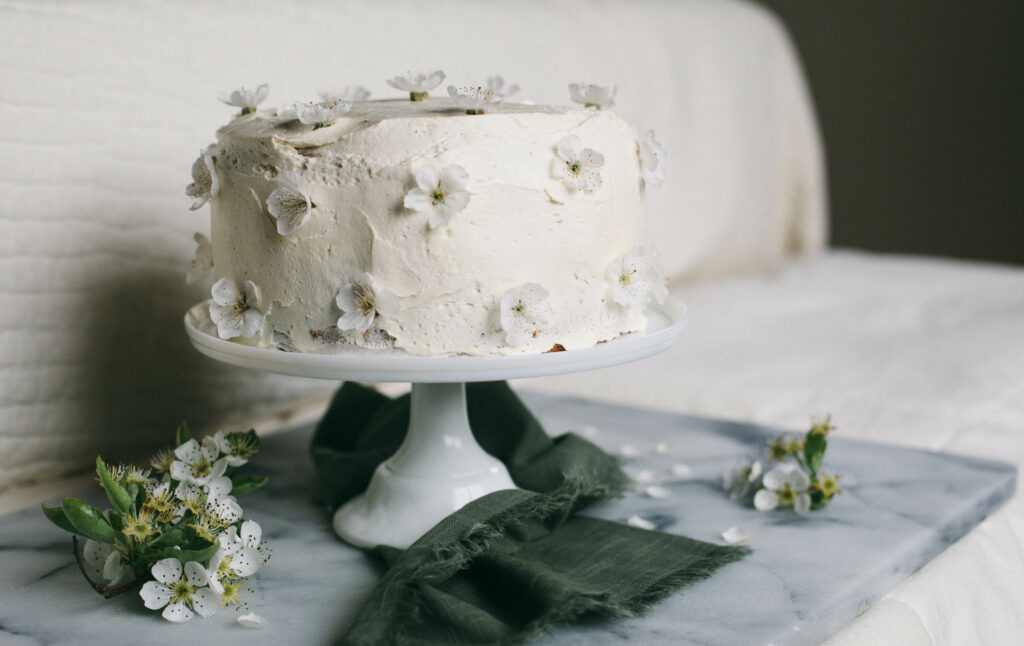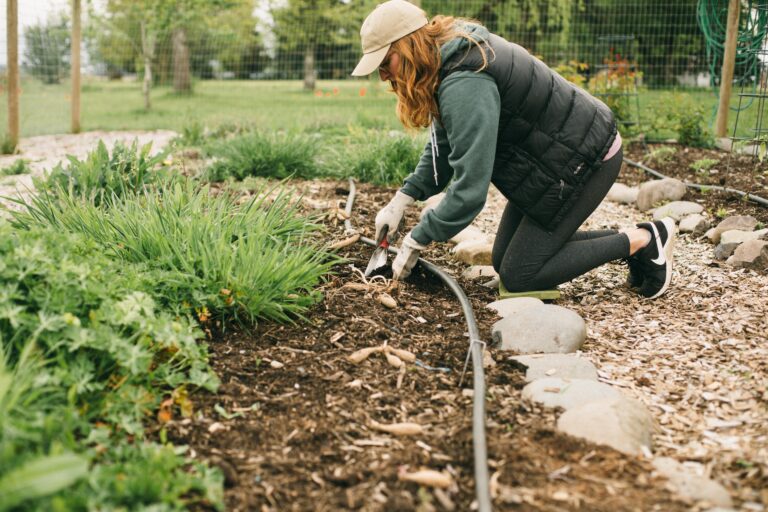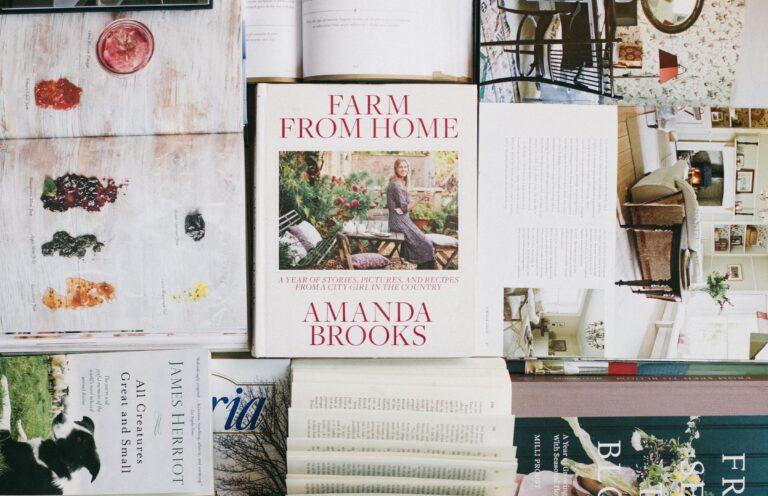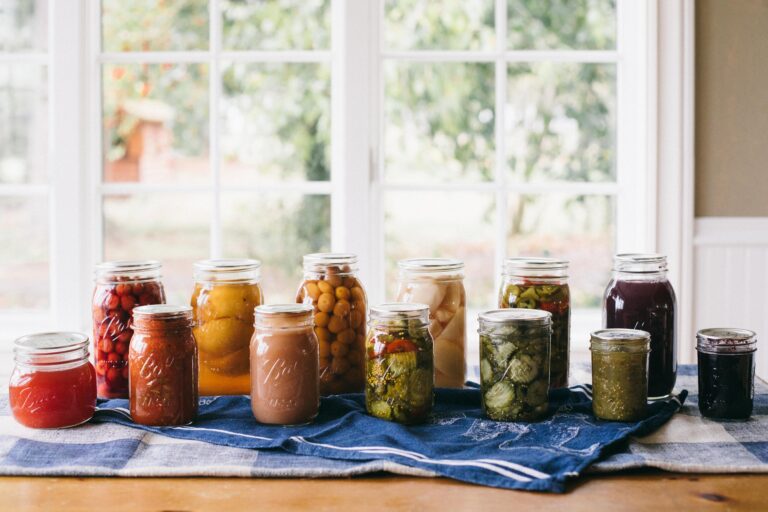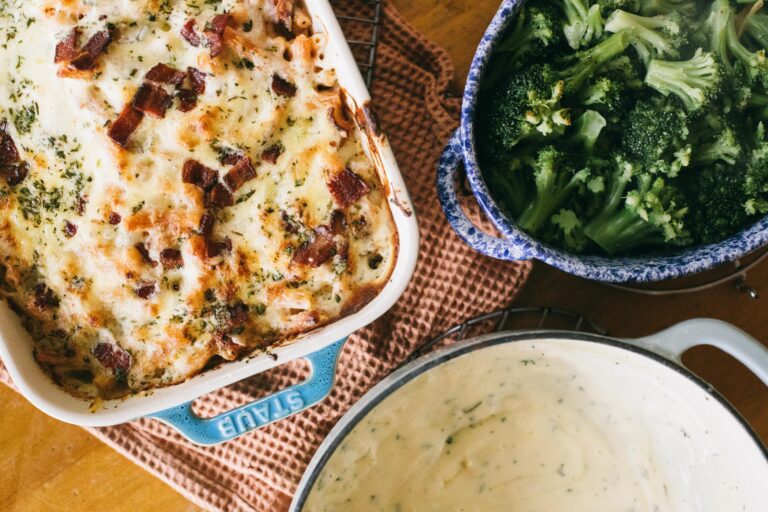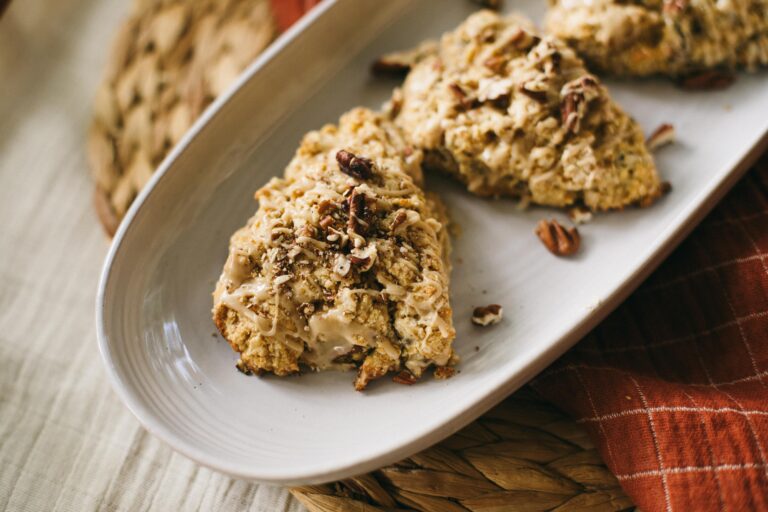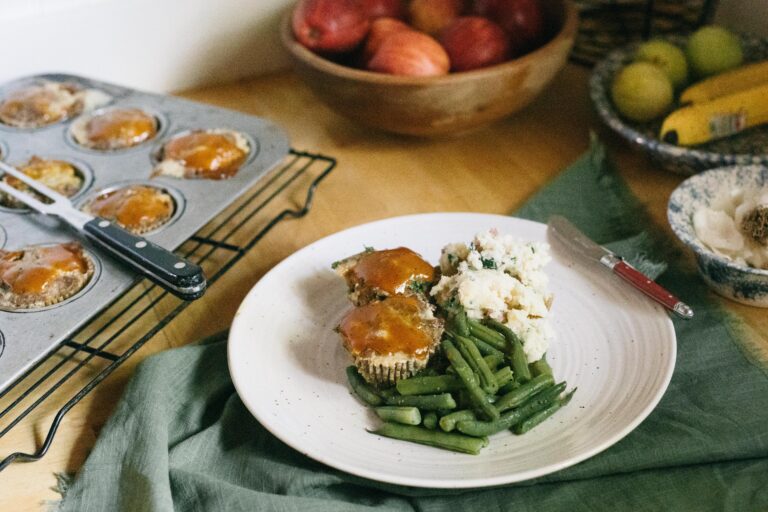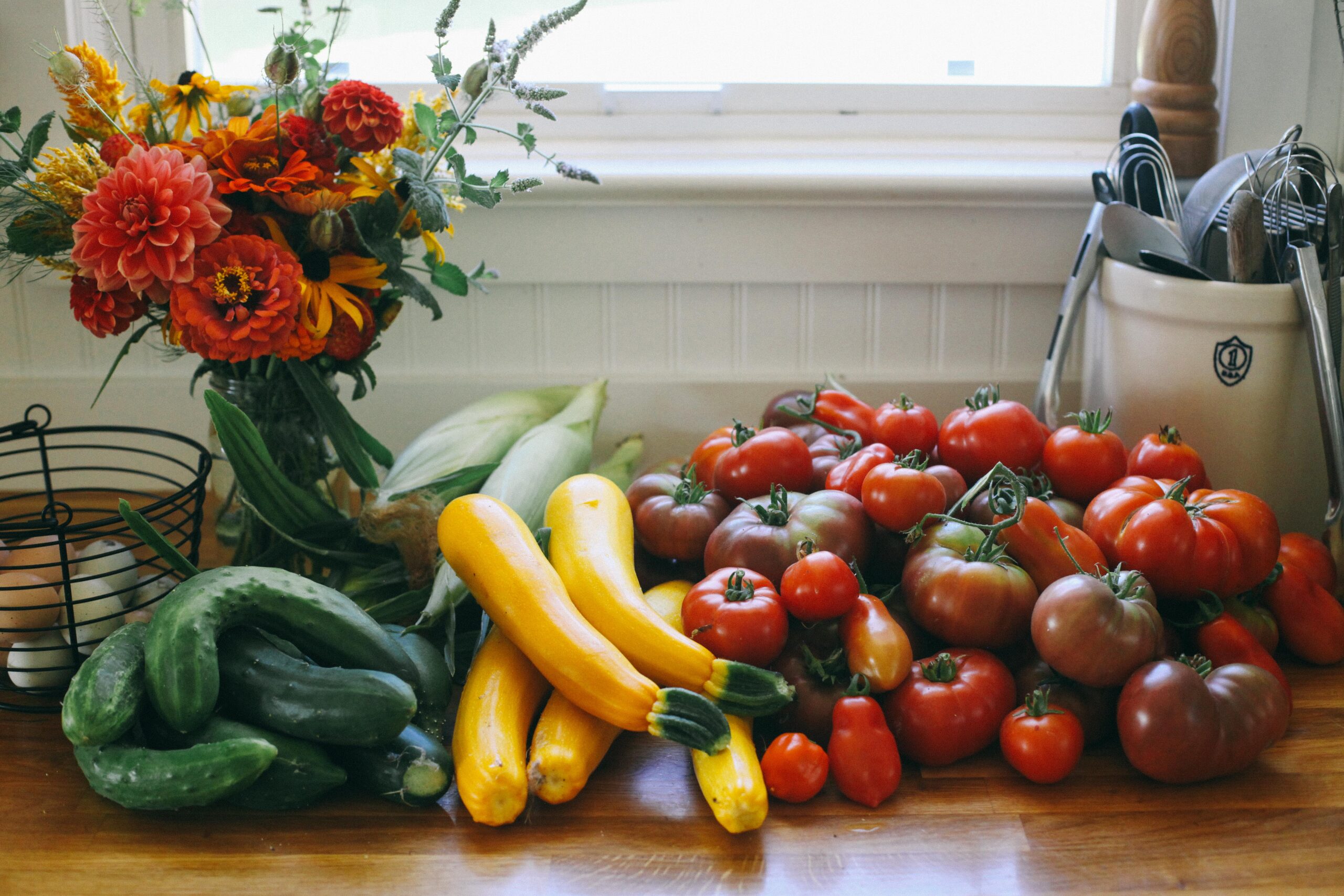
Tomatoes are probably what most people think of when they imagine growing their own food in a backyard garden. There’s just nothing like the way your hands smell after you’ve touched a tomato plant, or the sunny taste of the red fruit, fresh off the vine. The taste. Well, there’s simply no comparison is there? I never even liked tomatoes until I grew my own and tasted them fresh from the backyard garden. Unbeatable.
But tomatoes aren’t always the easiest thing to grow, especially if you live in a cool or wet climate (ahem, Oregon). So let’s dive into some tomato basics, as well as how to choose the right varieties for your garden space.
When should I plant tomatoes?
If you are starting tomatoes from seed, you’ll likely be starting those sometime in February. Tomatoes are not too difficult to grow from seed and I’ve had great success in the past. You’ll want to follow the seed starting instructions on the pack of the package, as well as choose varieties which are well suited for your climate. Choosing local seed companies helps with this, or simply researching online which tomatoes do well in your area. Word of mouth is a great resource too!
The last few years, I have chosen to purchase tomato starts from a local nursery and plant those in my garden instead. This ensures that the varieties are suited to my climate, as they are raised locally, as well as gives me a bit of a head start in our cooler climate. I usually plant these out as soon as we are out of danger of frost. You can check your last frost date here.
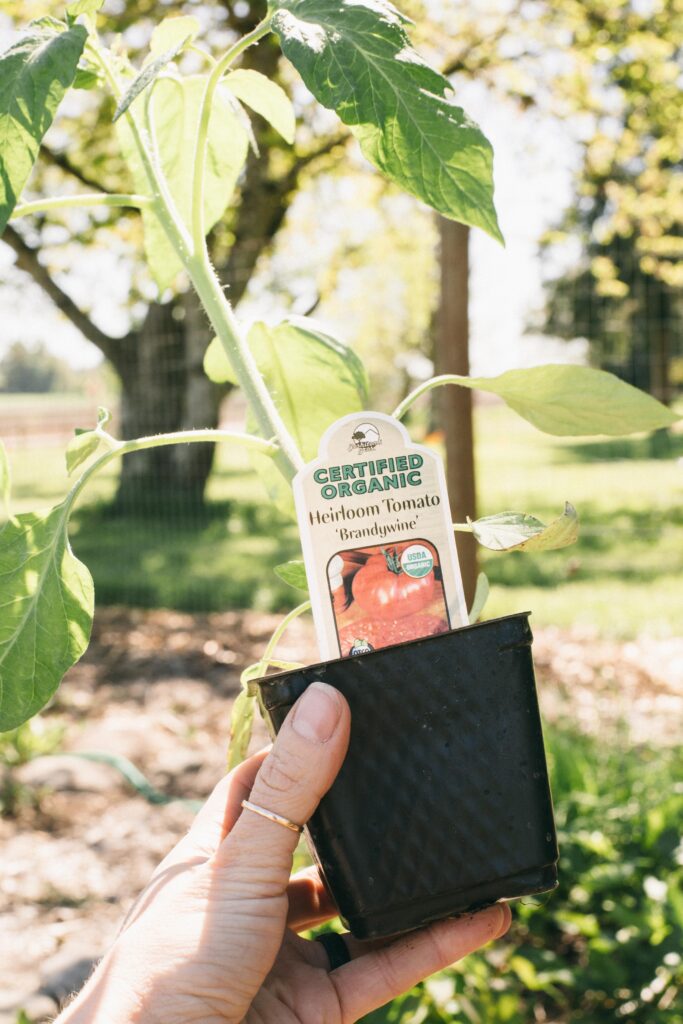
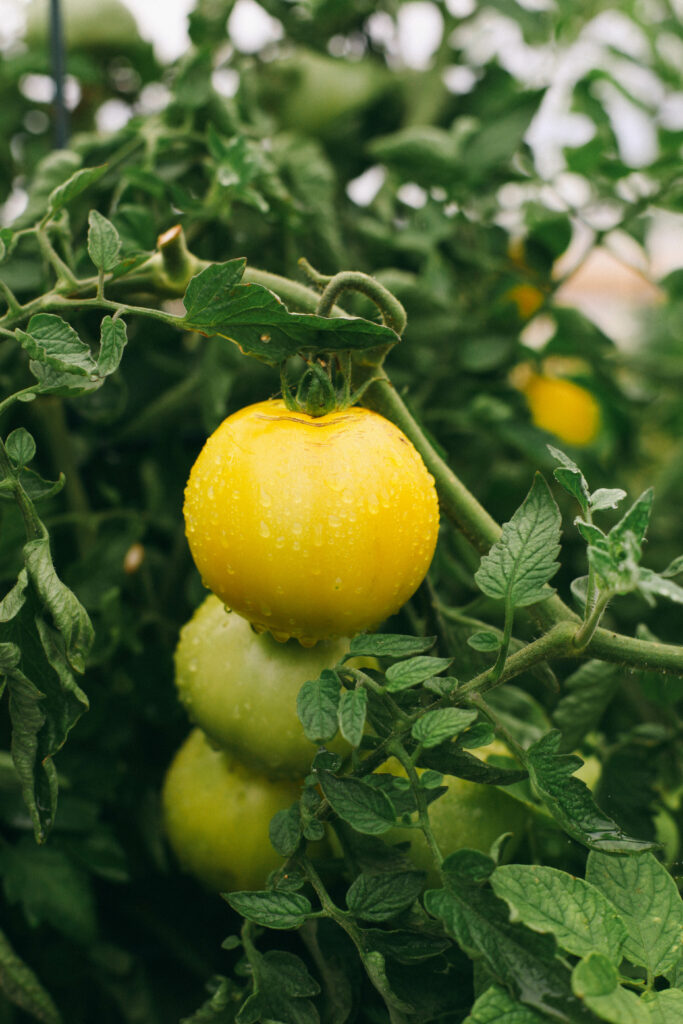
How do I grow tomatoes?
You’ve put those tomato starts (whether you started from seed or purchased at a nursery) in the ground, now what!? Well, SUN and WATER to start. Tomatoes love heat, so make sure they’re not getting shaded out at any point during the day, and make sure they get enough water. Here are a few other things tomatoes need from you:
- Support. Tomato plants get BIG. As soon as you get your starts in the ground, it’s a good idea to get set up with support. I use round tomato cages, although I’ve seen square shaped as well, and those are a great solution. Folks also make their own trellises with stakes and wire, sometimes string them up on a clothesline-line contraption so they grow vertically, or simply tie them to a single stake.
- Companion plant. One of the things that I have found super helpful in growing healthy tomatoes is companion planting. Most commonly, with Basil. I always plant Basil plants in between or alongside my tomatoes, as Basil is supposed to keep insects from being able to smell the flesh of the tomato fruit. Plus it looks pretty, and makes harvesting ingredients for a Caprese salad a cinch!
- Calcium. If you live in a cooler climate and have ever struggled with blossom end rot, you know just how disappointing it can be. You’ve worked too hard all summer to end up with fruit that has brown, soggy bottoms! I just learned recently that adding calcium to your soil can help prevent this nasty business. Use a little garden lime around your plants and that should do the trick!
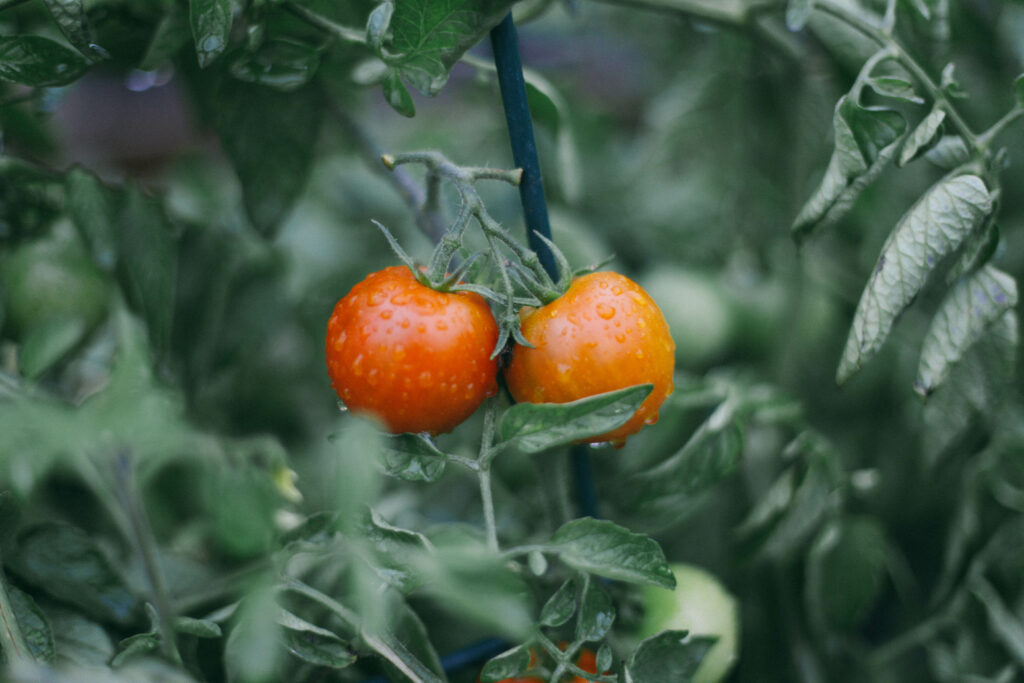
Best tomato varieties for fresh eating
- Sungold. Possibly the most prolific cherry tomato out there, there is nothing like popping dozens of these little cuties in your mouth while you weed the garden. Bright, flavorful and like I said, prolific, Sungolds are a great place to start.
- Atomic Grape. These grape tomatoes are super tasty and look super impressive in a salads, due to their beautiful coloration. Grape tomatoes aren’t too much bigger than cherry tomatoes usually, but are an oval shape instead of round.
- Chocolate Cherry Tomato. Chocolate Cherry, another cherry variety, are such a beautiful, almost dusty red. Beautiful in salads or on their own, they really add a subtle beauty and rich flavor to any dish.
- Green Zebra. I love these tomatoes so much. Bright, tart and hold up well in cooking, perfect for summer kebabs. They add color and pizazz to any dish, and are a great size for slicing.
- Brandywine. A classic, deep red heirloom tomato, these can grow to be almost the size of a softball. Sliced into a large slab, sprinkled with flaky sea salt and drizzled with a high-quality oil and vinegar, oh there’s nothing better.
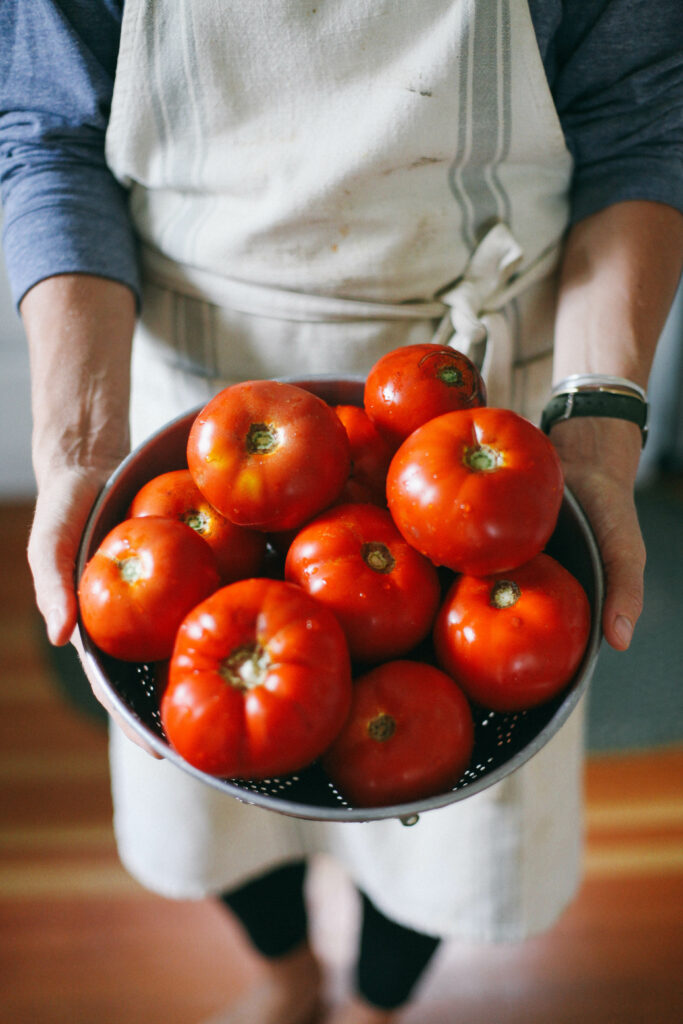
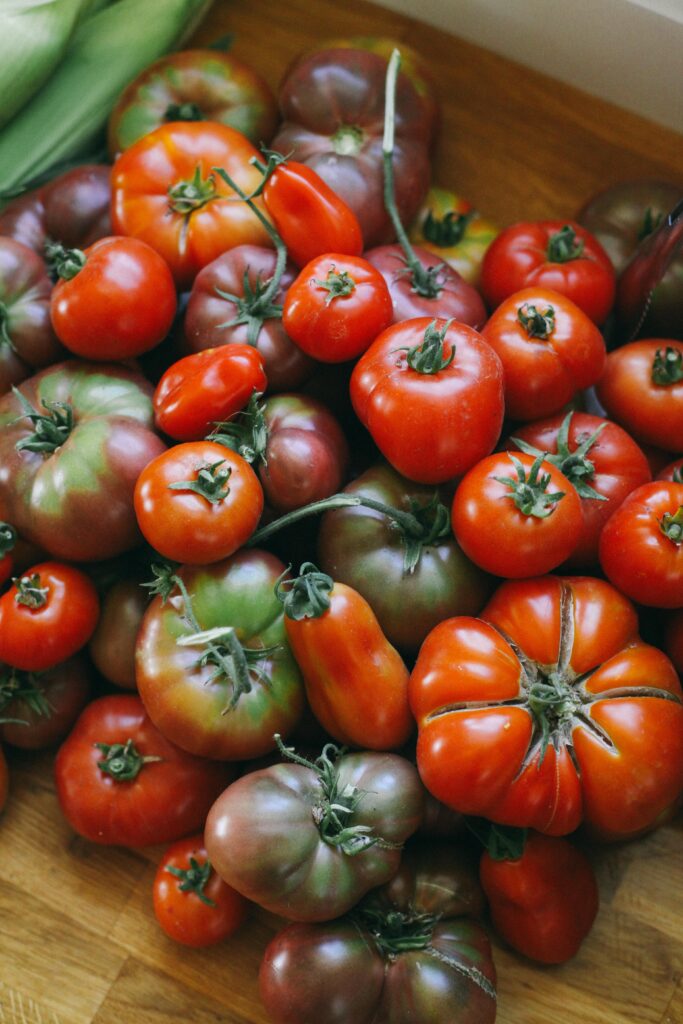
Best tomato varieties for canning
- San Marzano. These are the cream of the crop when it comes to canning tomatoes. Utterly delicious, they transform your salsa, pizza sauce or pasta sauce into a taste of Italy. BUT, they are prone to rot and can be tricky to grow.
- Roma. A classic. Also prone to blossom rot in my part of the country, but they’re still worth a shot for their high production and how easy they are to prep for canned goods.
- Amish paste. I’ve never tried these but have heard rumors for years of their many virtues. Let me know if you’ve tried these ones. They come highly recommended.
Tomato varieties I’m planting this year
This is the first year I am stepping it up and planting more tomatoes than I ever have. Why you ask? Because last summer I was able to can almost a year’s worth of homemade salsa and a good 6 months worth of pizza sauce. And do you know how good it feels to pull something from your pantry every single week and not buy it for almost a whole year!? SO GOOD.
This year I”m planting more and you’d better believe we’re going to be canning more. I’ve also focused my efforts more on tomatoes, as it turns out that’s what we really like to eat. No more time-consuming peaches and pears for me. I’ll freeze or dehydrate those. It’s all tomatoes all the time in the canner this year.
Tomatoes I planted in the Potager garden this year:
Heirlooms: Brandywine. Cherokee Purple. Mortgage Lifter.
Canning: Big Beef. Genuwine. San Marzano. Roma.
Fresh eating. Pineapple. Oregon Spring. Early Girl.
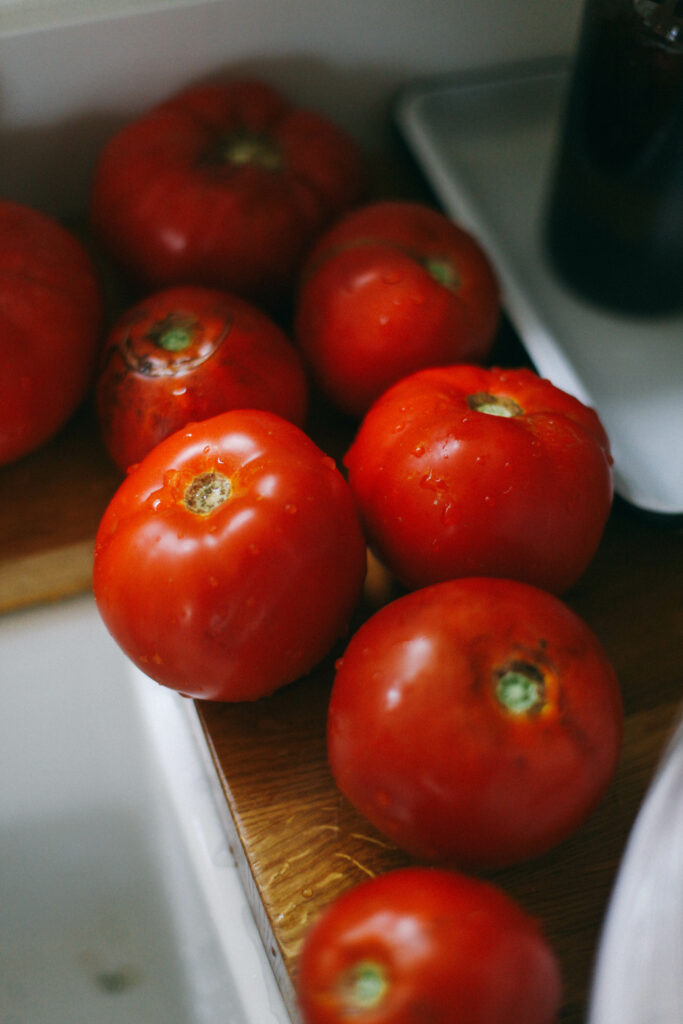
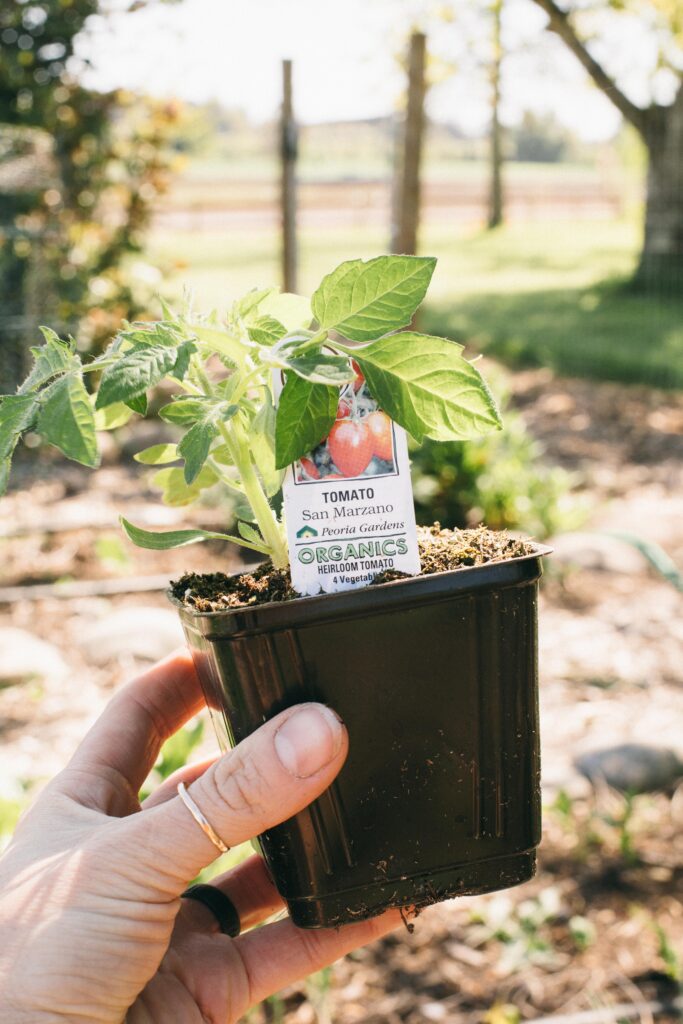
What do I do with garden tomatoes?
Whether it is eating them sliced in Caprese salad, cooking them down for sauce, or whipping up a quick pico de gallo, there’s just nothing like garden tomatoes in the summer. Here’s a few of my favorite recipes for using up those beautiful fruits.
Roasted Tomato Salsa. This is my favorite salsa ever. It’s my family’s favorite salsa. And the recipe I used to put up jars upon jars last summer. I think I could make it in my sleep at this point; it never disappoints.
Watermelon + Tomato Sourdough Panzanella. This is my birthday salad. I made it for a birthday dinner one summer and I’ve done the same ever since. The exact recipe was in the Summer Issue of Notebook Quarterly, but I’ll have to update it and share here soon. Panzanella literally means “bread salad.” Torn (not sliced!) chunks of sourdough bread combined with juicy watermelon and garden tomatoes, it is simply to die for.
Roasted Tomato Pizza Sauce. Nothing fancy, I just used the Ball recipe for this pizza sauce, but it kept our pizzas sauced every Friday night for many months. I didn’t bother to peel the tomatoes, ain’t nobody got time for that, so it’s not quite as thick as store-bought. But my family said they liked it fresher and lighter anyway.
Caprese Salad with Aged Balsamic. Caprese Salad is a classic which I tried for the first time at a sidewalk cafe in Florence, Italy. Dreamy, I know. Big slabs of heirloom tomatoes, layered with fresh mozarella and garden Basil. Topped off with a sprinkle of flaky sea salt, ground pepper and a good aged balsamic. It’s almost like dessert! I’ll have to put together an exact recipe for this dish later this summer.
Tell me your favorites!
Leave a comment below with your favorite tomatoes for fresh eating, canning or growing. We need your knowledge! Or, if you have any questions about tomatoes, I’d love to see if I can help!
And don’t forget to pin this image so you can find all the best varieties for your garden when it comes time to grab them at the nursery.
Is it summer yet!?
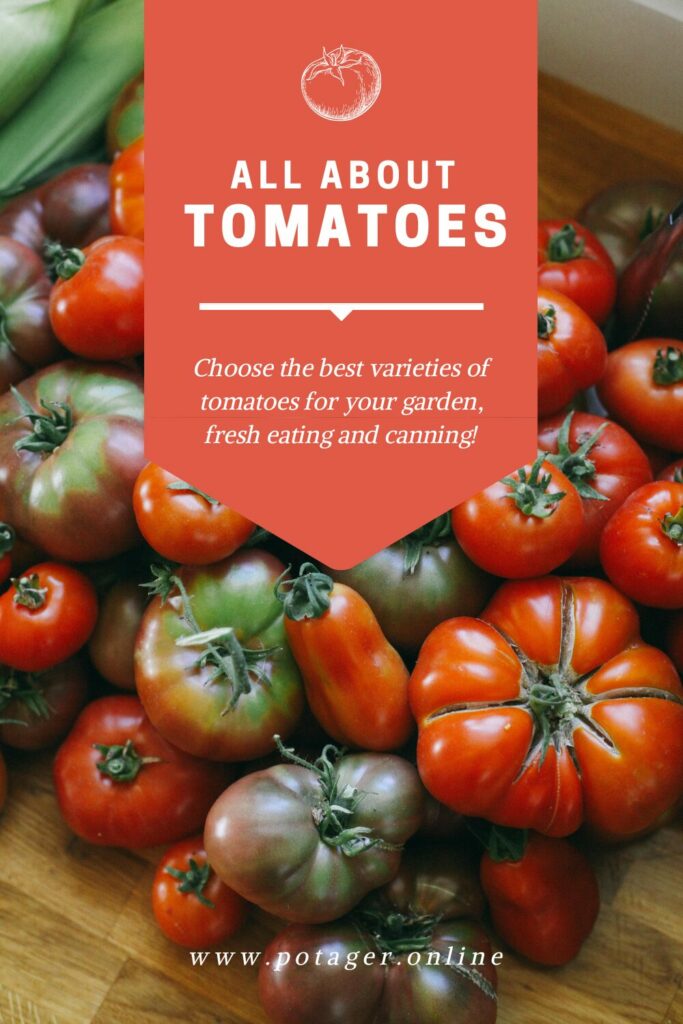
Kali
About Me
Hi! I’m Kali. Oregon mama, farmer’s wife and creator of the Potager book and blog. Join me and as we cook and garden the seasons!



